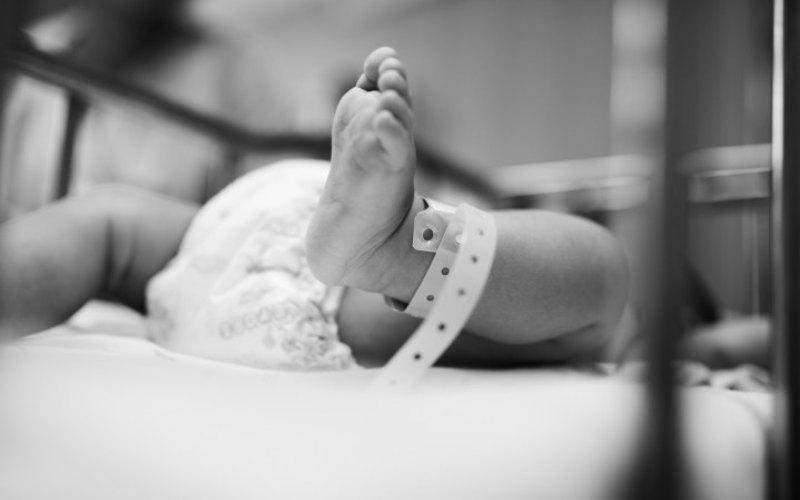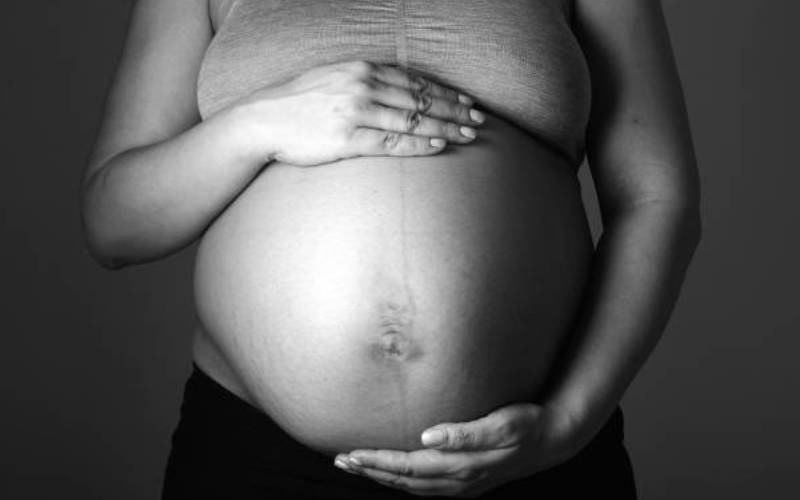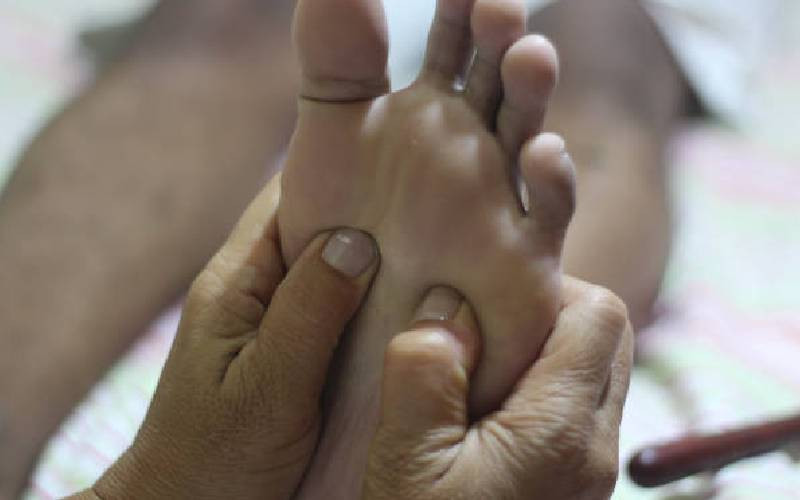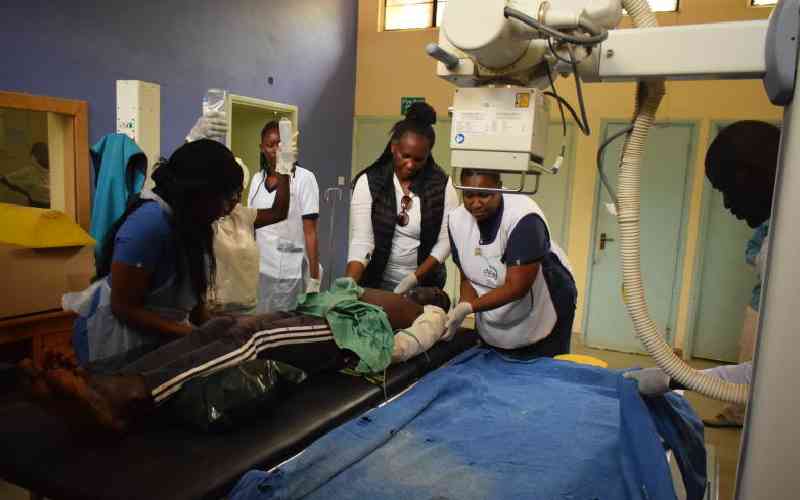
The number of boys being born with defects of the reproductive organ is on a steep increase in Kiambu County.
A new study by the University of Nairobi (UoN) says, overall, the number of children being born with physical abnormalities in Kiambu County has been rising.
However, defects affecting the reproductive organ of boys, the study shows have recorded the highest increase compared to other birth abnormalities.
“Hypospadias a rare male genital organ defect was the most frequently occurring of all observed physical abnormalities detectable at birth,” says the study.
Hypospadias is a condition where the male opening for urinating is on the underside of the penis instead of at the tip.
The researchers, George Nyadimo Agot, Marshal Mutinda Mweu and Joseph Kibuchi Wang’ombe of the University of Nairobi describe this as a worrying development
The three had recently studied the prevalence of birth defects in Kiambu County for a five-year period from 2014 to 2018.
Their report appears this month (December) in the Pan African Medical Journal and tells of an unfolding “silent epidemic.”
The team had analysed records of all children born with physical abnormalities in 13 sub-country hospitals in Kiambu.
The sampled sub-county hospitals included Kihara, Karuri, Wangige, Nyathuna, Lari-Rukuma, Ruiru, Tigoni, Lussigetti, Kigumo and Igegania plus the three county referral hospitals of Kiambu, Thika and Gatundu.
Overall, the study found a year-to-year increase of children being born with physical abnormalities in the county.
“There was a steady annual increase in the prevalence estimates of various physical defects in children during the study period,” wrote the authors.
While there were about 44 children born with defects out of every 100,000 births in 2014, this had increased to 205 cases by 2018.
Defects of the musculoskeletal and the nervous systems, which involve a wide range of organs, the team says, were the most prevalent.
The musculoskeletal system involves the bones called the skeleton, muscles, cartilage, tendons, ligaments, joints, and other connective tissue.
On the other hand, the nervous system primarily involves the brain and the spinal cord from where a complex network of nerves extends to all parts of the body.
In Kiambu, the researchers say, the number of musculoskeletal defects had increased by more than a third since a 1984 study in Kenya.
But hypospadias, they say was the most increased single organ defect recorded in the current study.
“Further, this study found epispadias, another defect of the male genital organ, was similarly common in Kiambu County.”
Epispadias is an even rarer defect of the penis where the urethra — the tube that carries urine — opens on the top of the penis rather than the tip.
The two types of penile defects have been linked to boys born of obese mothers, women giving birth at older ages than 35 years, and those exposed to toxic chemicals such as pesticides, hormones, medicines or industrial chemicals during pregnancy.
Kiambu records high rates of obesity and overweight in women of reproductive age as well high use of industrial and farm chemicals.
Because Kiambu is largely an agricultural county, the researchers suggest an increased likelihood of exposure to pesticide-related chemicals, metals and plastics among women of reproductive age.
“These findings point to possible increased exposure of women of reproductive age to teratogenic chemicals, metals and preconception obesity,” suggests the study.
The World Health Organisation (WHO) describes teratogens as drugs or chemicals known to trigger abnormal development of the foetus. The world health body estimates 4 to 5 of birth defects are caused by exposure to a teratogen.
The UoN researchers say this is the first such study in the country and an indicator of what may be happening in other regions similar to Kiambu.
In February, Adana AM Llanos of Rutgers University, USA, presented compelling data in Nairobi, showing several popular hormone-based skincare and hair products mainly targeting Africans may be leading to abnormalities.
These abnormalities are largely blamed on what are called endocrine-disrupting chemicals or EDCs that mimic, block or interfere with hormones in the body.
“When a pregnant woman is exposed, EDCs can affect the health of her child and eventual grandchildren,” says Dr Pauliina Damdimopoulou, of the Karolinska Institute in Stockholm, Sweden.
Dr Damdimopoulou said this last week, at the launch of a new global report - ‘Plastic EDCs and Health’ - she has co-authored for the International Pollutants Elimination Network – IPEN.
The report shows for the first time a direct link between everyday use plastics and development of cancers and impairments of developing foetuses and children.
Plastics, the report says, contain many harmful chemicals, (EDCs) that may leach from containers into the environment and now widely found in foods, water, pesticides, and cosmetics.
“Such chemicals once in the body of a pregnant woman may also transfer to a foetus or infant via placental transfer or through breast milk,” said the report.
Direct effects of EDCs, Dr Damdimopoulou said, have been observed in a general drop in the quantity and quality of human sperms and ova (eggs) across the world.
“The number of men presenting with the inability to produce sperms almost doubled within five years,” said Dennis Chalo, a researcher at the Kenya Medical Research Institute.
Chalo was presenting data from the University of Nairobi’s specialist semen analysis laboratory at a scientific conference in February.
Likely causes
These problems have also been blamed on environmental pollution, infections and disease, use of various medications, hard drugs, alcohol and tobacco, obesity and farm chemicals.
In Kiambu as well as in another study at Kenyatta National Hospital (KNH), doctors reported worryingly high rates of deformed legs at birth.
In the two studies, the incidence of children with club foot was the most common deformity of the skeletal system.
“Among the infants with musculoskeletal malformations, club foot was the most common,” said a team from the University of Nairobi that had assessed child deformities at KNH.
Clubfoot is an abnormality in which the foot points downward and inward and is known to occur twice as often in males than in females.
Club foot and conditions where one limb is shorter than the other were common in both the Kiambu and KNH studies.
Both studies indicate abnormally high rates of birth defects in the country. “The prevalence of birth defects at KNH is 19.4 per cent. This is very high compared to the global prevalence of 3 to 7 per cent,” said the authors.
About eight per cent of the defects in KNH involved the genital organs. The team is recommending ultrasound for all pregnant women for early detection of foetal defects and where necessary pregnancy termination.
 The Standard Group Plc is a multi-media organization with investments in media platforms spanning newspaper print
operations, television, radio broadcasting, digital and online services. The Standard Group is recognized as a
leading multi-media house in Kenya with a key influence in matters of national and international interest.
The Standard Group Plc is a multi-media organization with investments in media platforms spanning newspaper print
operations, television, radio broadcasting, digital and online services. The Standard Group is recognized as a
leading multi-media house in Kenya with a key influence in matters of national and international interest.











